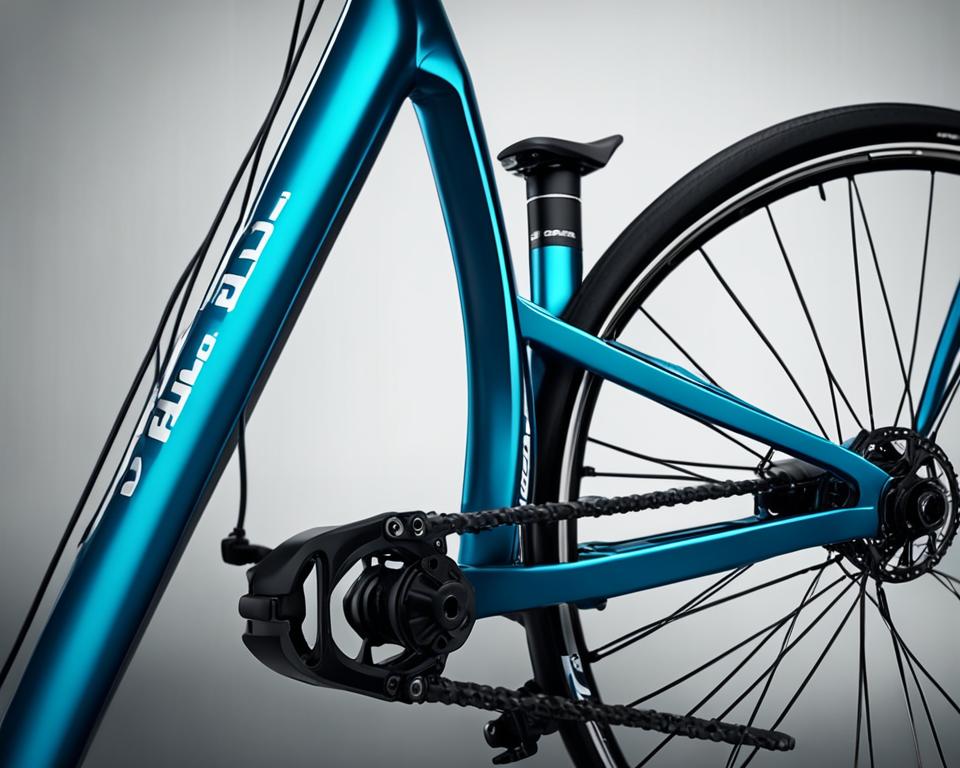I love electric bicycles and have always been curious about the fork options. Electric bikes can have suspension forks or rigid forks. Each type has its own benefits and things to think about. This article will look at the main differences between these forks. It will help you pick the best one for your electric bike and how you ride.
Electric bikes with suspension forks soak up shocks and vibrations. They make riding smoother on rough roads or trails. These forks can be adjusted for travel, have lockout features, and allow you to change air pressure and rebound damping. This lets riders customize the suspension to their liking.
Rigid forks, on the other hand, don’t move and give a direct feel. They’re often lighter too. The choice between suspension and rigid forks depends on where you ride, how you ride, and what you value most. Think about weight, upkeep, and cost to make a choice that improves your electric bike experience.
Assessing Your Riding Needs: Suspension or Rigid Fork?
Choosing the right fork for your electric bike is key. Think about the terrain and how you ride. A suspension fork or a rigid fork can change your ride a lot.
Terrain Considerations
For smooth trails or gentle hills, a rigid fork works great. It gives you a direct, efficient ride. It’s perfect for those who like to climb hills quickly and handle their bike well.
But, if you ride on tough trails often, a suspension fork is better. It makes riding rough terrain and going down hills more comfortable and in control.
Riding Style Preferences
Your way of riding affects what fork is best for you. If you like a simple ride and don’t want to worry about maintenance, a rigid fork is good. It’s easy to use and maintain.
But, if you want to be comfy and stable on tricky trails and hills, a suspension fork is better. It helps soak up bumps and keeps your ride stable and controlled.
| Terrain | Riding Style | Recommended Fork |
|---|---|---|
| Smooth trails, rolling hills | Efficient climbing, precise handling | Rigid fork |
| Technical trails, rough terrain | Comfort, stability on descents | Suspension fork |

“The right fork can make all the difference in your electric bicycle riding experience.”
electric bicycle Fork (suspension fork, rigid fork): Pros and Cons
Choosing the right fork for your electric bike is important. You have to decide between a suspension fork and a rigid fork. Each has its own good and bad points. Think about what you need and like before making a choice.
Suspension Fork Pros
- Improved comfort and control on rough terrain: Suspension forks soak up shocks and vibrations. This makes the ride smoother and easier to handle on bumpy paths.
- Enhanced traction: The suspension system keeps the tires in better contact with the ground. This means better grip and stability.
- Increased impact absorption: Suspension forks lessen the shock of bumps and obstacles. This reduces rider fatigue and protects the bike and parts from damage.
Suspension Fork Cons
- Increased weight: Suspension forks are heavier than rigid ones. This adds to the bike’s overall weight and can affect its efficiency.
- Higher maintenance requirements: These forks need more adjustments and upkeep to work well and last long.
- Potential power loss: The moving parts in suspension forks can lose some energy, which means less power to the wheels.
Rigid Fork Pros
- Lightweight design: Rigid forks are much lighter than suspension ones. This makes the bike easier to ride and more responsive.
- Low maintenance: They don’t have the complex parts that need regular checking and fixing.
- Direct power transfer: Without suspension, the power goes straight to the wheels. This means better speed and climbing ability.
Rigid Fork Cons
- Reduced comfort and control on rough terrain: Rigid forks don’t absorb shocks like suspension ones do. This can make riding on tough or uneven paths harder.
- Limited traction: Without suspension, the tires don’t stick as well to the ground, especially on slippery or loose surfaces.
Choosing between a suspension fork and a rigid fork depends on how you ride, the places you ride, and what you prefer. Think about the good and bad of each type to pick the best one for you.

| Suspension Fork | Rigid Fork |
|---|---|
| Improved comfort and control on rough terrain | Lightweight design |
| Enhanced traction | Low maintenance |
| Increased impact absorption | Direct power transfer |
| Increased weight | Reduced comfort and control on rough terrain |
| Higher maintenance requirements | Limited traction |
| Potential power loss |
This detailed look at suspension and rigid fork pros and cons can help you choose the right fork for your electric bike. Knowing the main differences and how they fit your riding style can make your cycling better and more fun.
Lightweight Efficiency: The Case for Rigid Forks
I love electric bicycles and rigid forks are a great choice for me. They are light, making my bike quick and easy to handle. This means I can go faster and climb hills better.
This is great because it lets me use my electric motor’s power better. I get a ride that’s more fun and exciting.
Simplicity and Low Maintenance
Rigid forks are simple and easy to maintain. They don’t have suspension parts that need fixing or adjusting. This lets me enjoy riding more, without worrying about bike stuff.
They also don’t have many parts that can break. So, they’re reliable and give me peace of mind while riding.
Direct Power Transfer
Rigid forks make my pedaling feel direct and powerful. Since there’s no suspension, I feel the road more clearly. This is great on smooth paths or gentle hills.
I can move faster and easier. It feels like I’m getting more out of my effort, making my rides more efficient.

